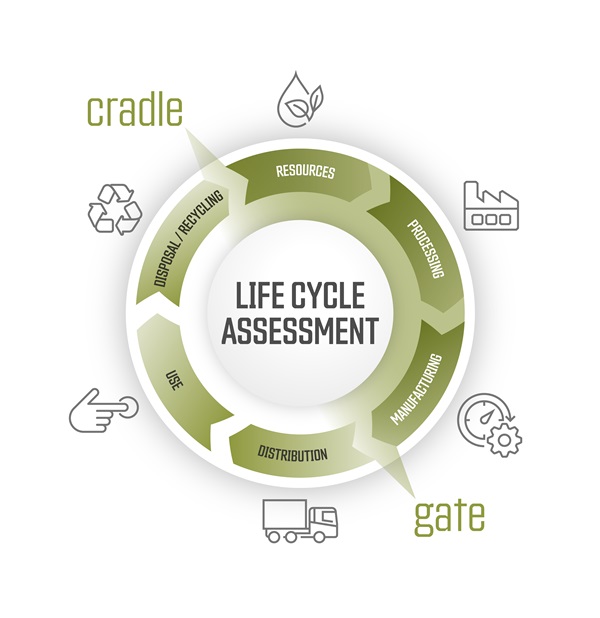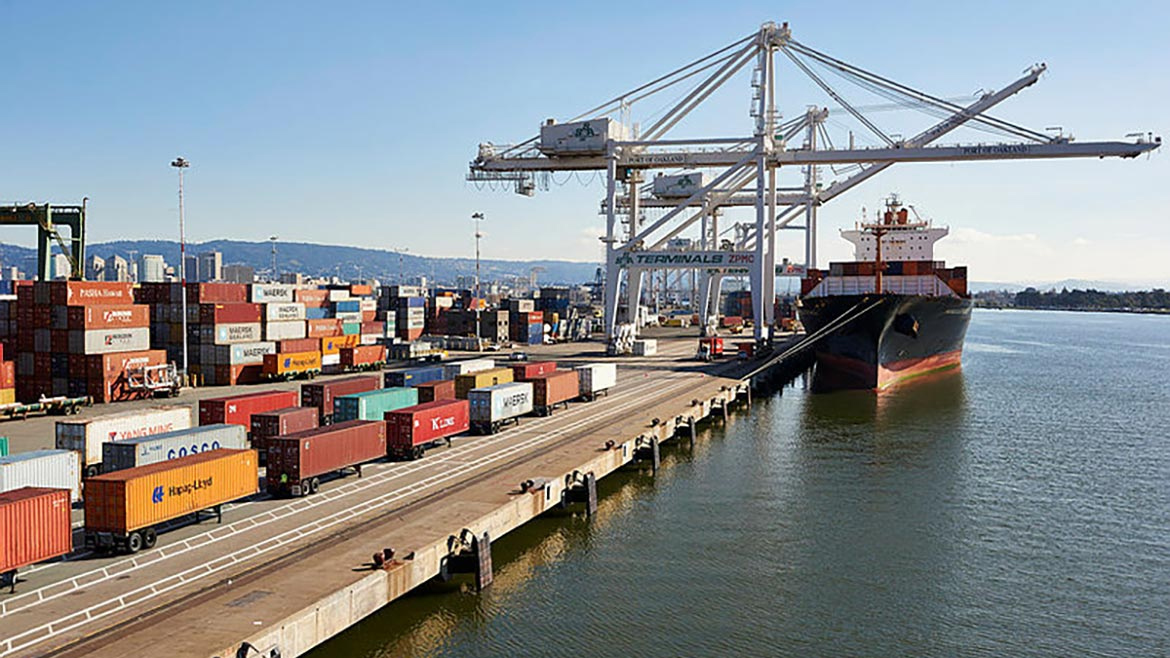Jun 1, 2022
Posted by Colin Morton, Senior Director, Consumer Lubricants
In the last three years, the lubricant and fuels industry has had a heightened discussion on the global trend of sustainability. It is clear that oil marketers and additive companies have a role to play in a more sustainable future. Yet the industry lacks a clear, shared vision of how that more sustainable future is achieved.
The days of “greenwashing” are over; true sustainability is the goal. Consumer demand and the forecasted requirements of regulatory bodies around the world make it clear that sustainable practices are essential for the future success of our industry. The challenge is for companies to view sustainability as a core operating principle, aligned with other partners throughout the entire value chain.
To tackle the sustainability challenge head-on, our industry must embrace two things: a shared, science-based, holistic life cycle assessment (LCA) model, and innovative chemistries as enablers of more sustainable solutions. One without the other threatens long-term growth.
Driving toward shared definitions of sustainability
A collective, industry-wide effort to substantively address sustainability depends on a shared language and definition of key terms. First—the term “sustainability.” This entails more than developing recyclable or “eco-friendly” products. It encompasses how organizations conduct their business from top to bottom. That includes how a business sources its raw materials, how it manages its supply chain, and how it powers its operations.
The Greenhouse Gas Protocol (GHG) provides a thorough framework for understanding the various sources of emissions, which are organized as Scope 1, Scope 2, and Scope 3 emissions. To paraphrase the GHG Protocol:
- Scope 1 -- direct greenhouse (GHG) emissions that occur from sources that are controlled or owned by an organization. This includes emissions associated with fuel combustion in boilers, furnaces, and vehicles.
- Scope 2 -- indirect GHG emissions associated with the purchase of electricity, steam, heat, or cooling. Although scope 2 emissions physically occur at the facility where they are generated, they are accounted for in an organization’s GHG inventory because they are a result of the organization’s energy use.
- Scope 3 -- the result of activities from assets not owned or controlled by the reporting organization, but that the organization indirectly impacts in its value chain. Scope 3 emissions include all sources not within an organization’s scope 1 and 2 boundary.
Within the entire value chain, there can be overlap between one company’s scope 3 emissions and the scope 1 and 2 emissions of another organization. Scope 3 emissions, also referred to as value chain emissions, often represent the majority of an organization’s total GHG emissions.
Businesses tend to focus on scope 1 emissions. After all, by definition, those emissions are in an organization’s control. But organizations must also consider Scope 2 and 3 emissions. This is possible only through partnership, collaboration, transparency and a shared definition of the sustainability goal.
A more succinct way to view the impact of a business on the environment is by considering the company’s footprint and handprint. The footprint is the environmental impact of operations, with the sustainable goal of shrinking the footprint by producing products in a more safe, efficient and responsible manner that minimizes carbon byproducts while protecting natural resources. The handprint is the positive impact of a company’s products in use, with the goal of extending reach and maximizing that handprint by providing products and services that meet or exceed customer sustainability goals.
The bottom line is that companies must consider the environmental impacts of all aspects of their operations, throughout the value chain. How does an organization gain the correct visibility? Enter the life cycle assessment (LCA) model.
The central role of a science-based life cycle assessment (LCA)

An LCA is the factual analysis of a product’s entire life cycle in terms of sustainability. By using an LCA model, companies can develop cradle-to-grave views of environmental impacts caused by their products or services, opening the door for potential improvements.
Let’s use engine oil as an example.
If producing Oil ABC has an overall global warming impact of 1.5 kg CO2 eq, then every 1 kg of Oil ABC has an impact on global warming equivalent to the release of 1.5 kg CO2.
However, while that fact is helpful to know, it’s not granular enough to pinpoint what to do about it. That’s where a holistic LCA becomes beneficial.
By identifying nuances within the total process, including those in sourcing, processing, manufacturing and even distribution, manufacturers can better identify key areas of impact, along with a deeper level of granularity that opens the door for potential improvements.
That, in turn, provides a path to more sustainable chemistry – the second piece to the lubricant and fuels industry’s sustainability puzzle.
Innovative chemistry as a driver of more sustainable solutions
As an industry, we should not lose sight of the fact that we have had strong success enabling more sustainable travel and production in the world. We have commercialized engine oils that enabled the wide range of aftertreatment hardware, significantly reducing NOx emissions and particulates while ensuring durability of the hardware. We’ve developed more efficient hydraulic fluids, reducing power consumption. We are ready to meet the challenge of rapid change in the marine industry, enabling newer, cleaner-burning fuels such as liquified natural gas (LNG) and methanol through more robust lubricant chemistry.
We know that transportation will become increasingly electrified, and we should expect to see ever-evolving internal combustion engine designs interwoven with electric power. We also must prepare for the rapid adoption of full electric and alternative fuel powered vehicles. Our job is to enable more efficient performance from this complex range of these designs, in a way that protects hardware as long as possible and minimizes footprint throughout the entire supply chain. We’ve succeeded before, and we’ll succeed again.
The road ahead
Oil marketers and additive manufacturers have long been at the forefront of the sustainability movement. And the growing use of LCA, coupled with the innovative chemistries of the last several years, present a strong foundation for continued positive impact.
But the industry is still in the early stages of a journey.
Are we leading the way to a better future? There's no question. Are we in agreement on which roads we should take to get there? Not exactly.
While we all have the right intentions, the truth is that we don't have all the right answers. And if we're going to reach our collective potential, we need to work together to get there.
That means a shared vision of what we're trying to achieve. It means industry alignment on how we measure impact. And it means more partnership and transparency to ensure comprehensive and accurate data.
We've proven that--through good chemistry--we can achieve great things. Working together in the coming years, we can do even better.
(Originally published in LUBE Magazine.)









